Diego Romo (b. 1993, Jalisco, Mexico) is a visual artist based in North Texas. His work challenges traditional image making and focuses on the construction of past and present through an examination of culture where authenticity is altered.
Diego earned a Bachelor of Fine Arts with a concentration in photography from the University of North Texas. Diego is one of the four recipients of the 2017 Clare Hart DeGolyer Memorial Fund from the Dallas Museum of Art. In addition, Diego was selected as a Contemporary Art Dealers of Dallas (CADD) Fund finalist in 2017.
Diego is currently continuing Lo Que Construimos and other projects. His work has been featured by F-Stop Magazine, Humble Arts Foundation, Deep Red Press, The Hand Magazine, and shown throughout galleries in Texas.

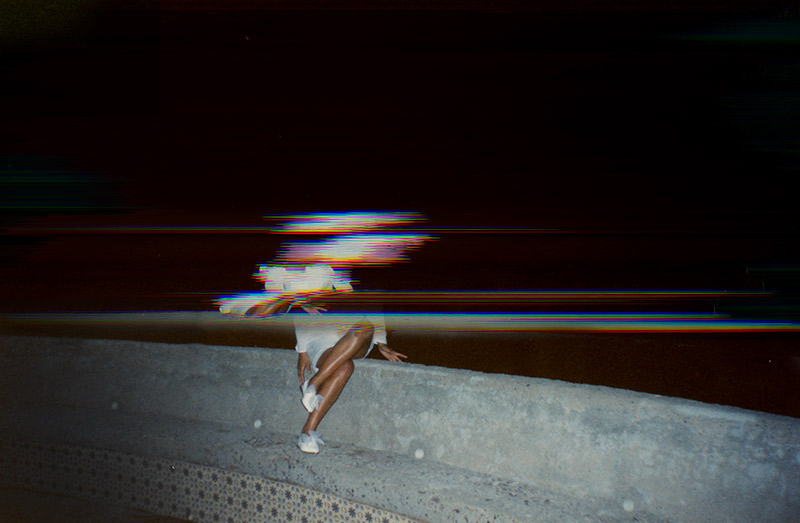
Lo Que Construimos
Over the years I have heard my parents’ memories; stories of warmth, youth, and poverty. There is no physical evidence of my family’s history, and I began to question photography’s function as our memory. Found imagery has become a process of portraying my family and the creation of our collective memory. In Forget Me Not: Photography and Remembrance, Geoffrey Batchen states “The photograph reveals a loved one’s appearance, but the appearance provokes a memory that is hollowed out, disconnected from the social realities of its own production and also from those who are doing the remembering”. I look for my identity within found photographs that not only reflect my feelings but allow me to imaginatively create memories or instances of my own family. I am creating a narrative for my family by mixing found images with images of my childhood. I cannot see a difference between the intimate moments created within someone else’s photographs and the photographs I create. Creating tension by manipulating these images forces traces of memory to be left behind or altered, allowing the authenticity of identity and family interaction to be questioned through a creative narrative.
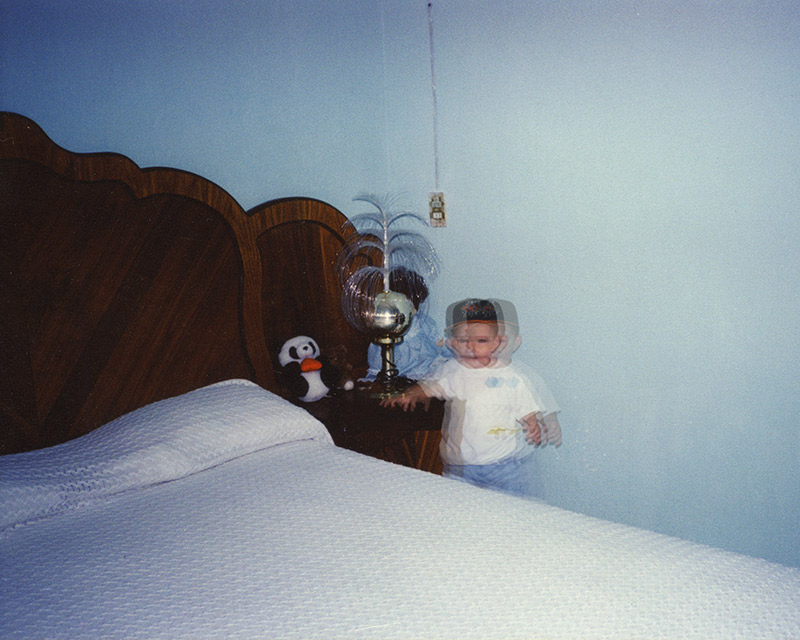
BD: Diego, thanks again for taking the time to talk about your work with us! Can you start off by telling us what got you interested in working with found imagery for this series?
DR: I began working with found imagery because it stemmed from a constant desire for permanence. Coming from a family of immigrants that was constantly traveling, I never really experienced the feeling that I belonged to one particular place. There is no real physical evidence or photographs of my families past and I found comfort within found imagery because they allowed me to create a narrative for myself and my surroundings. Found imagery created a connection between my two identities and proved to be a more truthful way of understanding my personal experiences.
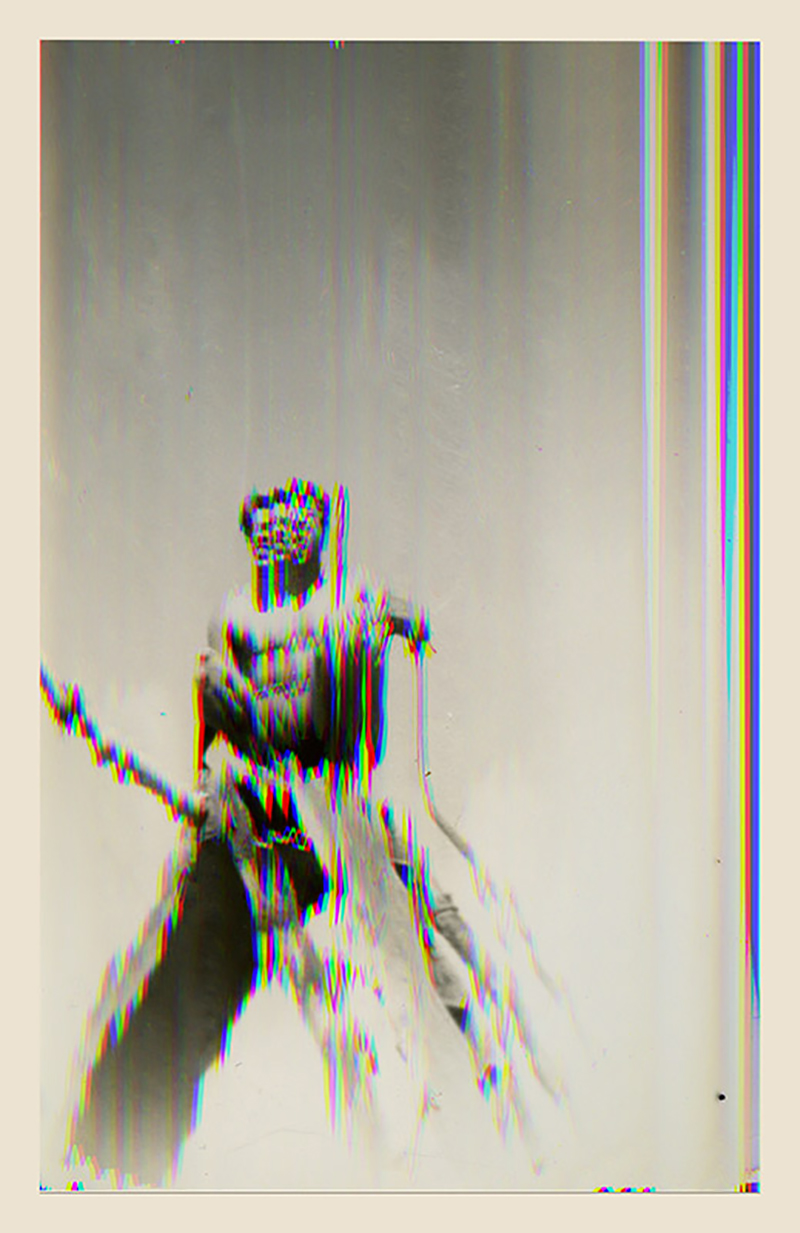
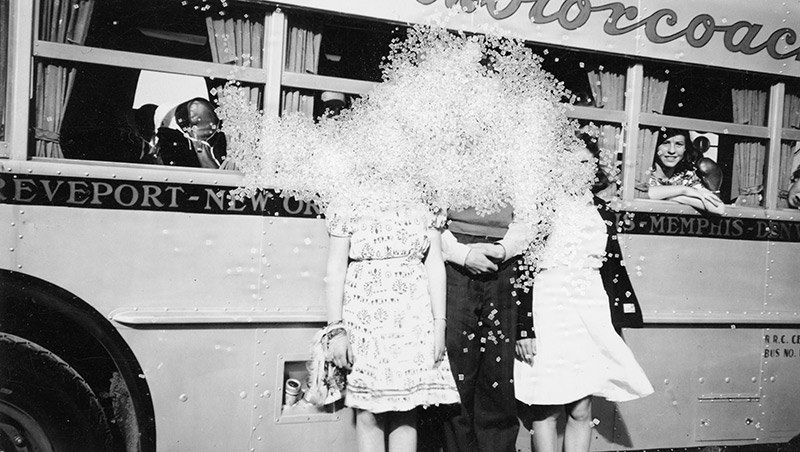
BD: Many of the images in Lo Que Construimos appear to be physically altered, while others seem to be modified digitally. Can you elaborate more on your process, and how you chose to treat each photograph?
DR: When I choose how to treat each photograph I allow myself connection with the images and thoroughly examine how the digital or physical manipulation enhances certain memories or feelings. The manipulation furthers the meaning of the images within Lo Que Construimos and function as the collective narrative for my family. I look for my identity within found photographs that not only reflect my feelings but allow me to imaginatively create memories or instances of my own. Creating tension by manipulating these images whether digital or physical forces traces of memory to be left behind or altered.
BD: You mention that your family has no physical evidence or photographs of their past. After making these constructed memories, do you feel connected to them in a way that one might feel about their own personal family photo?
DR: I feel connected to the constructed memories because they serve as a way to interpret my relationship with my family. I cannot see a difference between the intimate moments created within someone else’s photographs and the photographs I create. The images are still intimate because I am the one who is creating the memory. Placing myself and meaning into the photographs allows the authenticity of my identity and family interaction to be questioned through a new creative narrative.
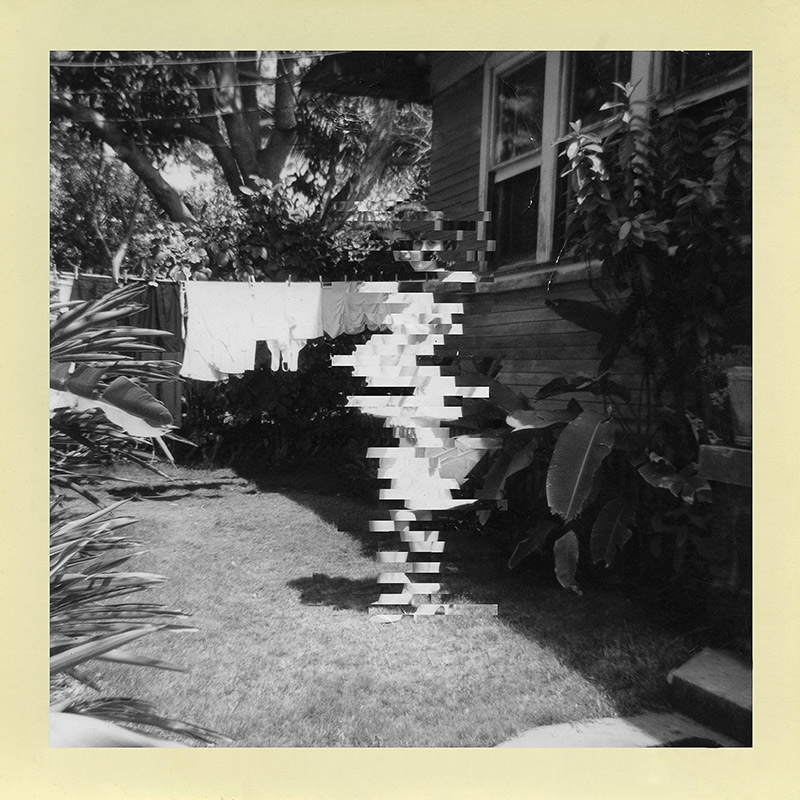
BD: I love the quote from Geoffrey Batchen that you include in your statement. I know that many of the images in your work are created to reflect the “hollowed-out” truth behind photographs that Batchen talks about. Do you feel like the act of creating your own physical proof of your past through manipulated photographs could be considered more truthful in the end than the untouched images that many of us have within our family collections?
DR: Creating my own physical proof of my past is still truthful compared to the untouched images many others have in their family collections because when I choose what images I will use, I tend to look for images that have punctum or create an emotional response from me. I begin to think about the original meaning of the photograph and how using manipulation will completely alter the original meaning placed on the image. Photographs only have meaning because the viewer is the one that is placing the meaning or importance on to them. When the viewer doesn’t have a connection to the image, then the memory of the image fades and the image almost seems to disappear.

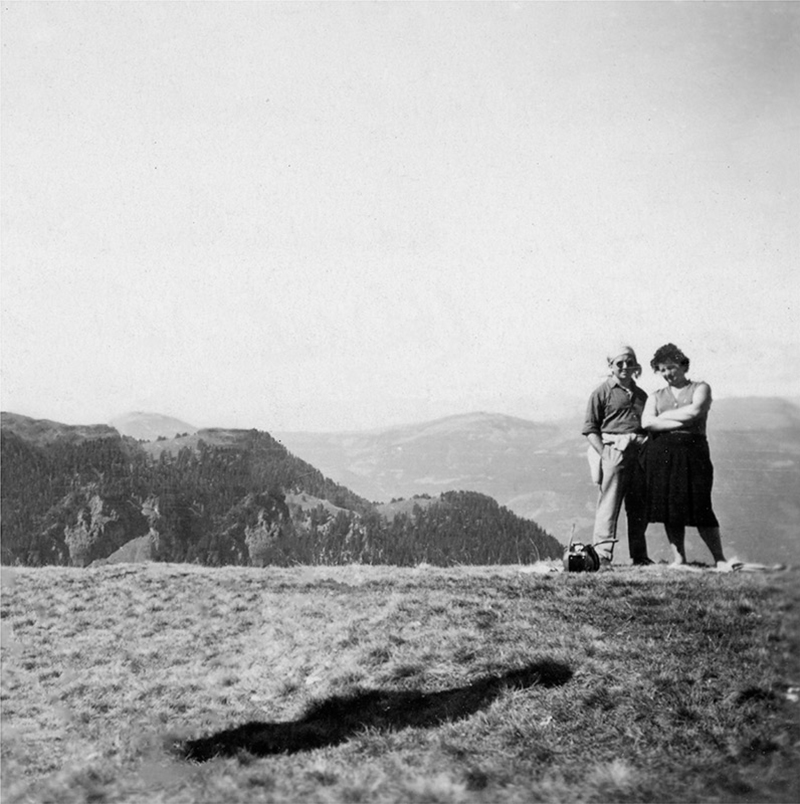
BD: As such a personal reflection on your ancestry, how has the practice of working on this series impacted your relationship with your own family? Have your relatives received your work well?
DR: This body of work stemmed from frustration and confusion regarding situations in my family and my own personal struggles with identity. The practice of working on Lo Que Construimos has been a way for me to connect with both of my identities and process events that have happened throughout my life. I’ve shown my work to my immediate family and this series has been a way for us to address topics that would have been ignored otherwise, the creation of the new images has been therapeutic because it’s allowed us to view situations through a neutral perspective.
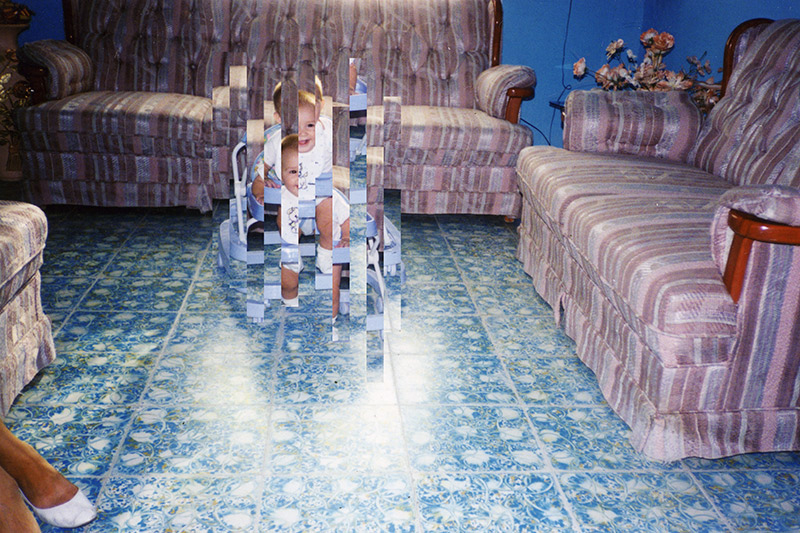
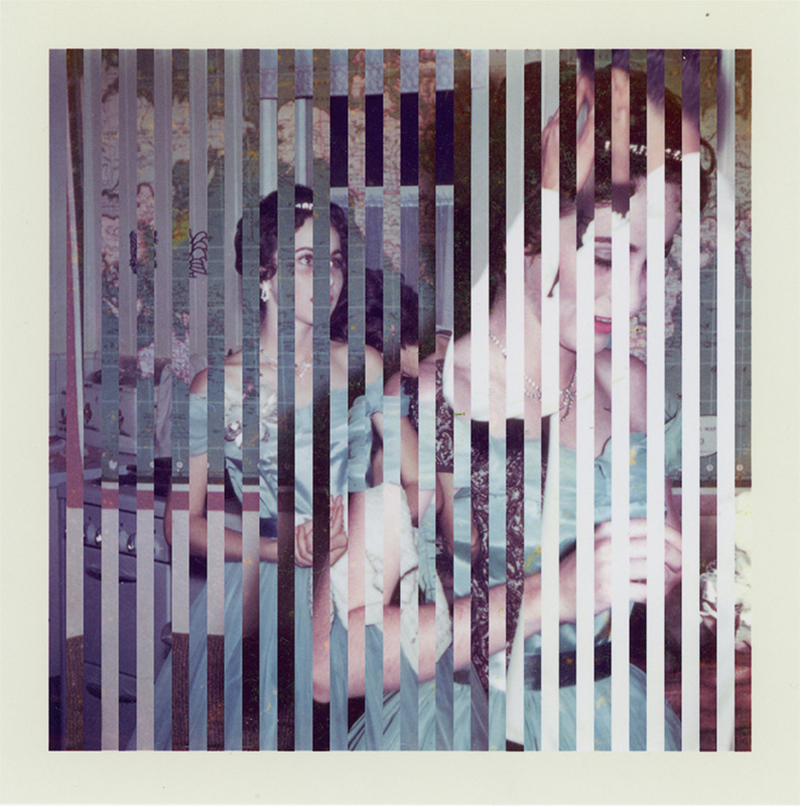
BD: Lastly, what’s next for you? Are you still working on Lo Que Construimos, or has this series come to a close?
DR: I’m still currently working on Lo Que Construimos and finding a way to expand my family’s narrative outside of using found imagery. I don’t necessarily think this series will come to end anytime soon because it’s constantly changing as I grow older and memory is limitless. I’ve been slowly returning to Mexico to photograph places that have significance to my family and creating photographs of the places where photographs don’t exist.
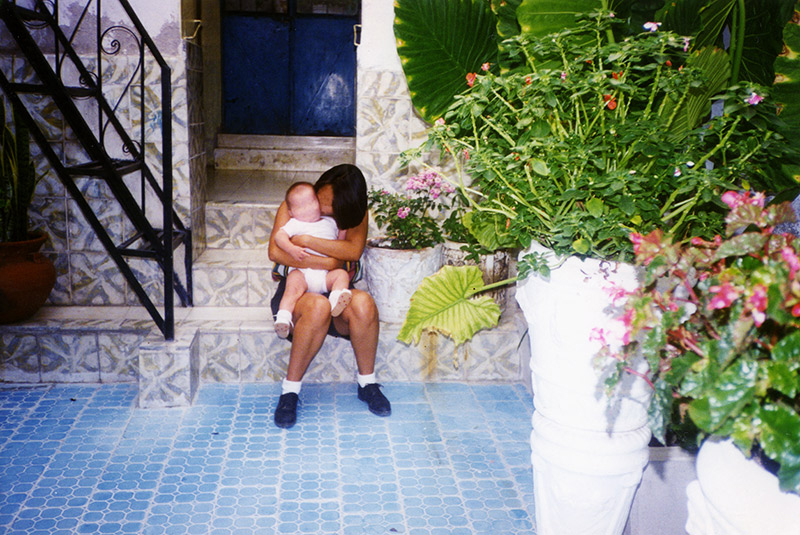
To view more of Diego Romo’s work please visit his website.